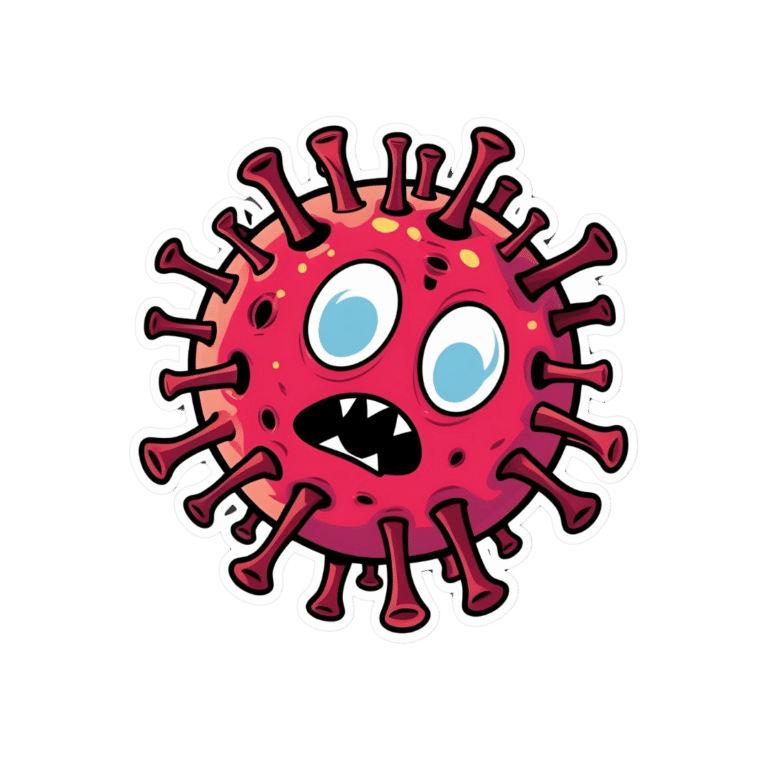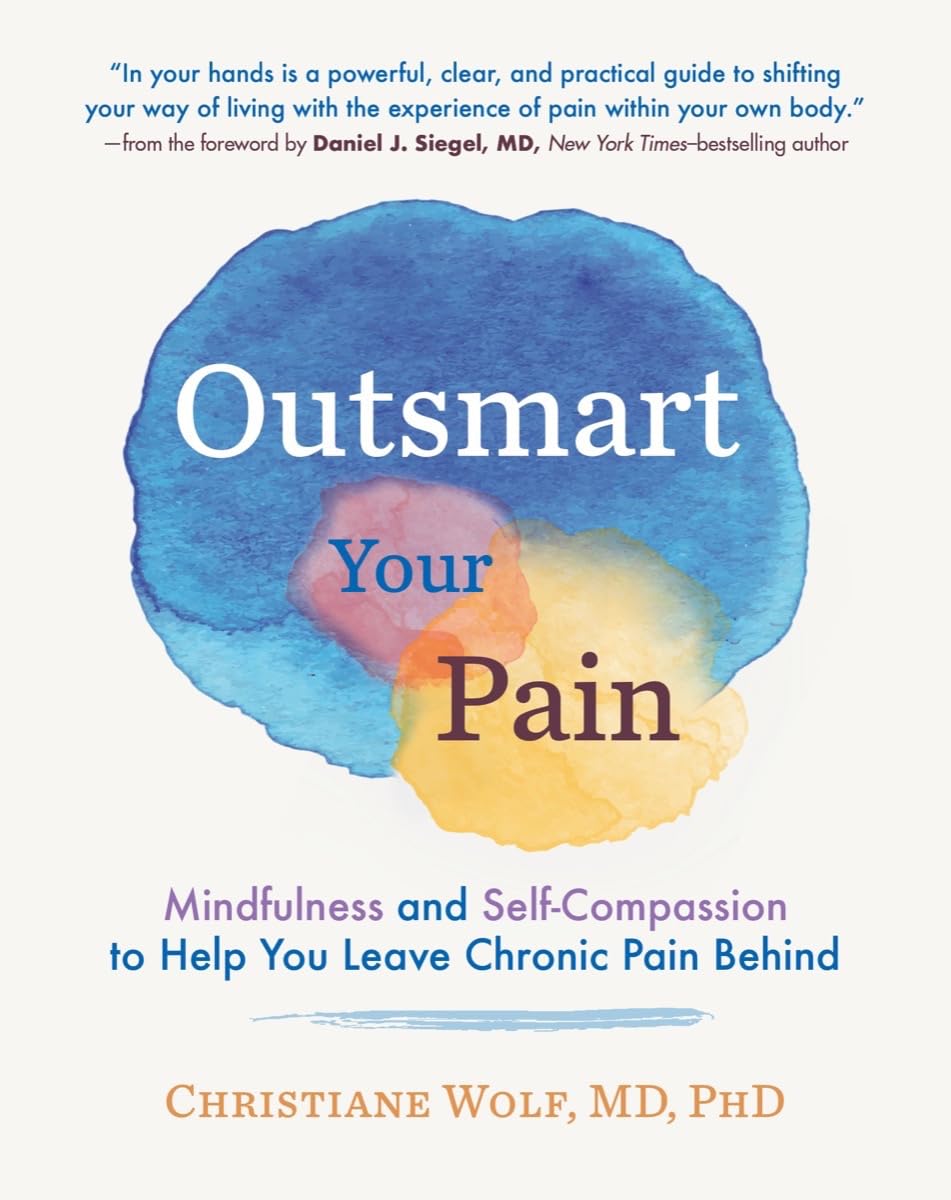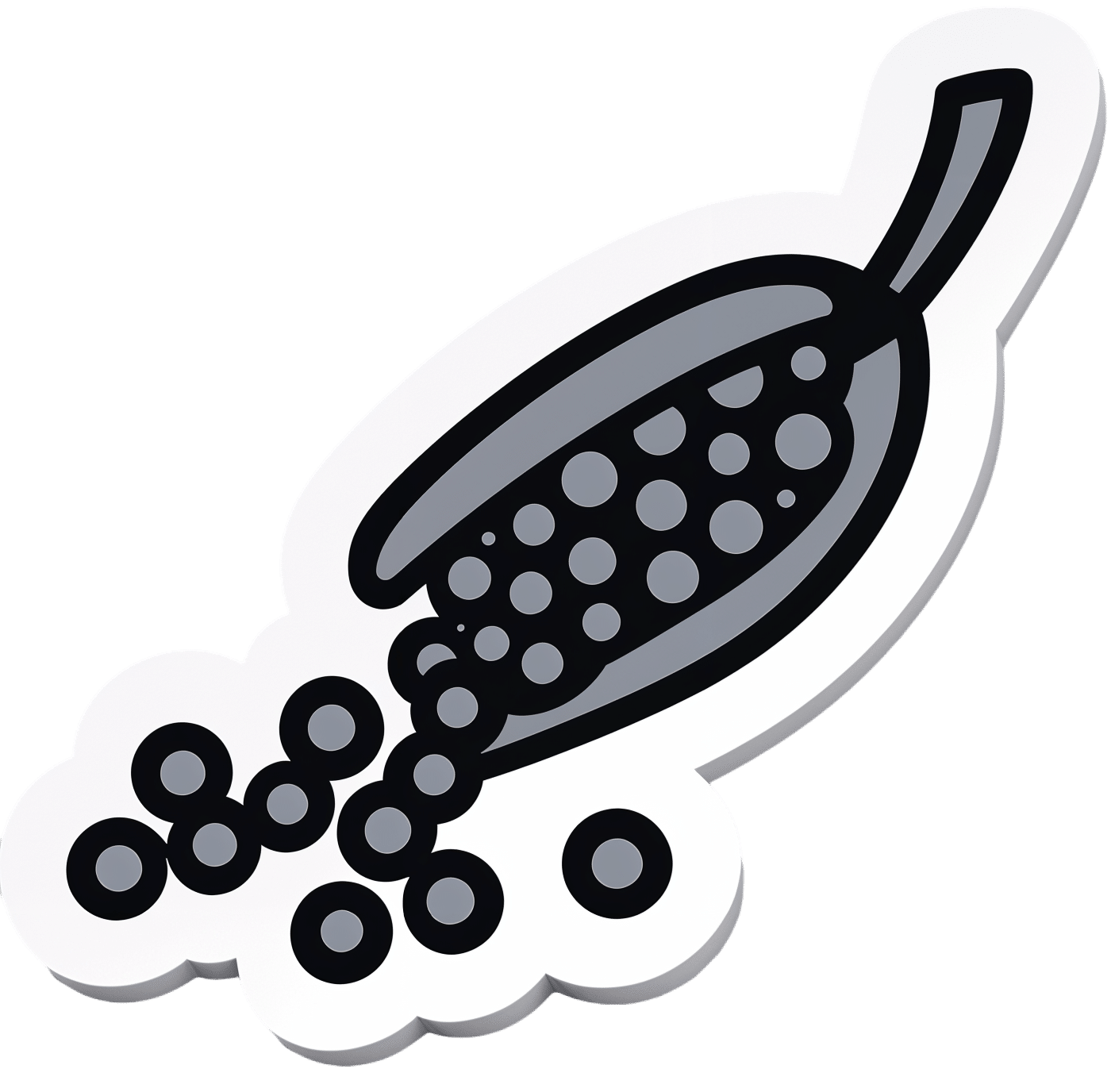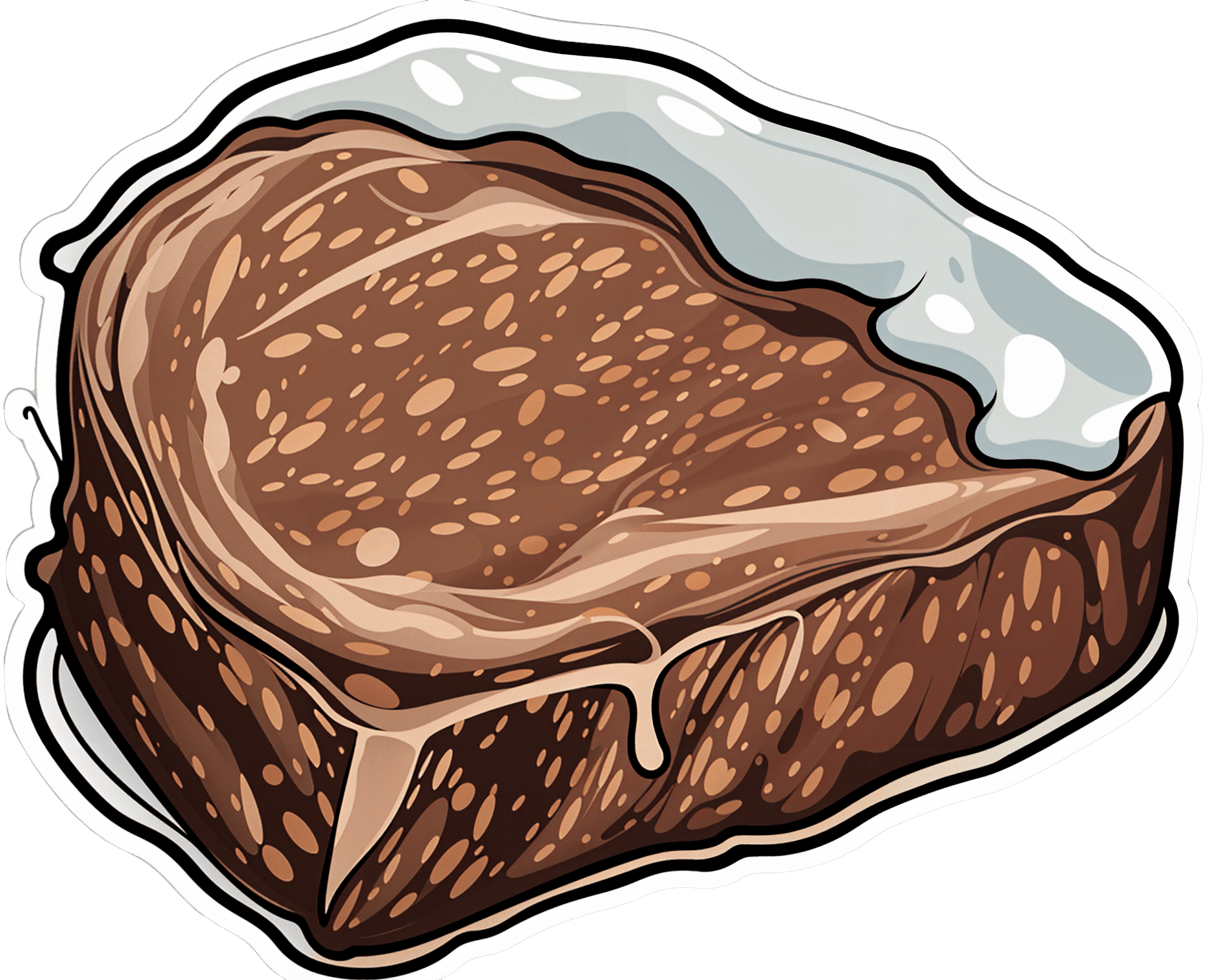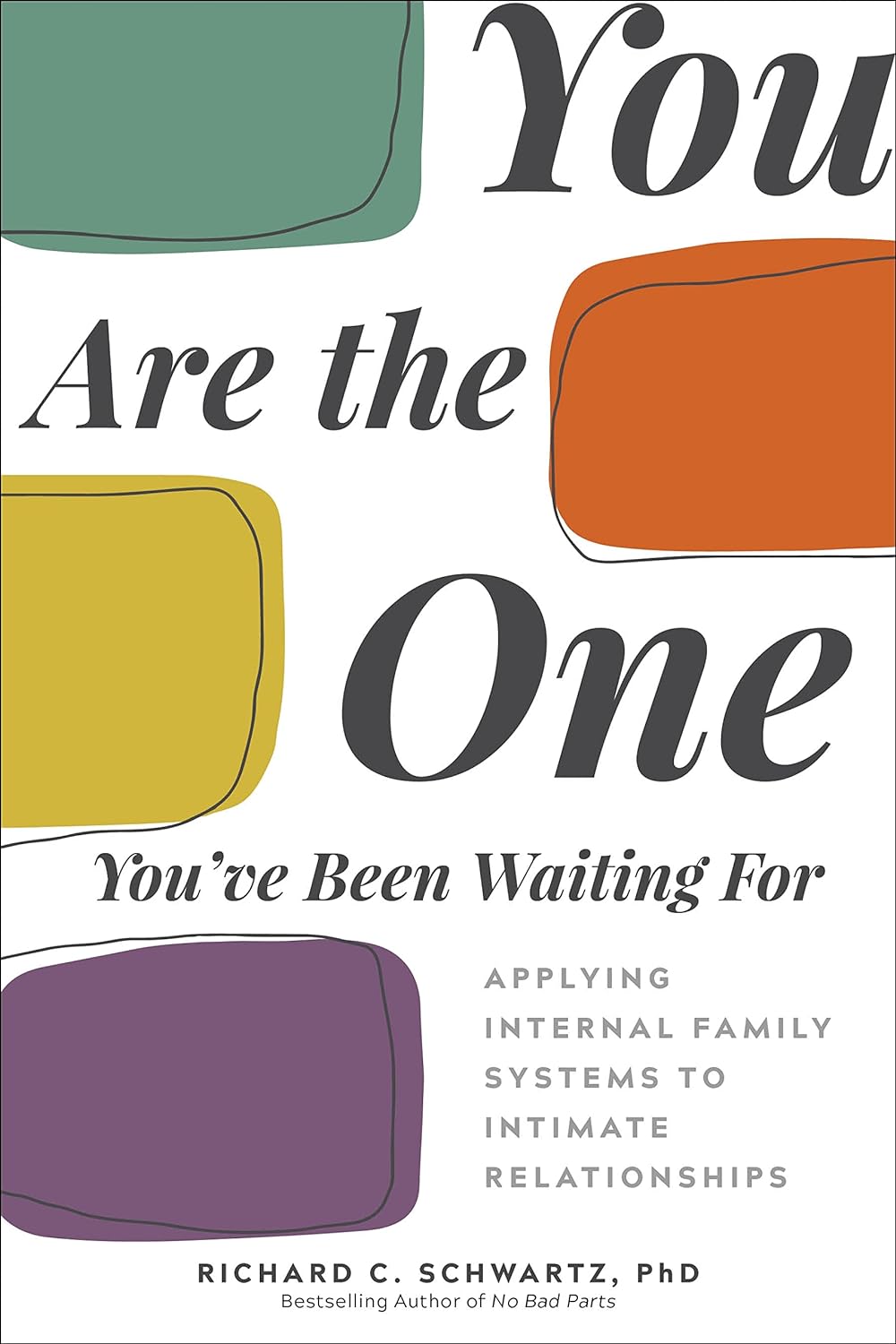
5 dental TikTok trends you probably shouldn’t try at home
10almonds is reader-supported. We may, at no cost to you, receive a portion of sales if you purchase a product through a link in this article.
TikTok is full of videos that demonstrate DIY hacks, from up-cycling tricks to cooking tips. Meanwhile, a growing number of TikTok videos offer tips to help you save money and time at the dentist. But do they deliver?
Here are five popular dental TikTok trends and why you might treat them with caution.
1. Home-made whitening solutions
Many TikTok videos provide tips to whiten teeth. These include tutorials on making your own whitening toothpaste using ingredients such as hydrogen peroxide, a common household bleaching agent, and baking soda (sodium bicarbonate).
In this video, the influencer says:
And then you’re going to pour in your hydrogen peroxide. There’s really no measurement to this.
But hydrogen peroxide in high doses is poisonous if swallowed, and can burn your gums, mouth and throat, and corrode your teeth.
High doses of hydrogen peroxide may infiltrate holes or microscopic cracks in your teeth to inflame or damage the nerves and blood vessels in the teeth, which can cause pain and even nerve death. This is why dental practitioners are bound by rules when we offer whitening treatments.
Sodium bicarbonate and hydrogen peroxide are among the components in commercially available whitening toothpastes. While these commercial products may be effective at removing surface stains, their compositions are carefully curated to keep your smile safe.
2. Oil pulling
Oil pulling involves swishing one tablespoon of sesame or coconut oil in your mouth for up to 20 minutes at a time. It has roots in Ayurvedic medicine, a traditional medicine practice that originates from the Indian subcontinent.
While oil pulling should be followed by brushing and flossing, I’ve had patients who believe oil pulling is a replacement for these practices.
There has been some research on the potential of oil pulling to treat gum disease or other diseases in the mouth. But overall, evidence that supports the effectiveness of oil pulling is of low certainty.
For example, studies that test the effectiveness of oil pulling have been conducted on school-aged children and people with no dental problems, and often measure dental plaque growth over a few days to a couple of weeks.
Chlorhexidine is an ingredient found in some commercially available mouthwashes.
In one study, people who rinsed with chlorhexidine mouthwash (30 seconds twice daily) developed less plaque on their teeth compared to those who undertook oil pulling for eight to 10 minutes.
Ultimately, it’s unlikely you will experience measurable gain to your oral health by adding oil pulling to your daily routine. If you’re time-poor, you’re better off focusing on brushing your teeth and gums well alongside flossing.
3. Using rubber bands to fix gaps
This TikTok influencer shows his followers he closed the gaps between his front teeth in a week using cheap clear rubber bands.
But this person may be one of the lucky few to successfully use bands to close a gap in his teeth without any mishaps. Front teeth are slippery and taper near the gums into cone-shaped roots. This can cause bands to slide and disappear into the gums to surround the tooth roots, which can cause infections and pain.
If this happens, you may require surgery that involves cutting your gums to remove the bands. If the bands have caused an infection, you may lose the affected teeth. So it’s best to leave this sort of work to a dental professional trained in orthodontics.
4. Filing or cutting teeth to shape them
My teeth hurt just watching this video.
Cutting or filing teeth unnecessarily can expose the second, more sensitive tooth layer, called dentine, or potentially, the nerve and blood vessels inside the tooth. People undergoing this sort of procedure could experience anything from sensitive teeth through to a severe toothache that requires root canal treatment or tooth removal.
You may notice dentist drills spray water when cutting to protect your teeth from extreme heat damage. The drill in this video is dry with no water used to cool the heat produced during cutting.
It may also not be sterile. We like to have everything clean and sterile to prevent contaminated instruments used on one patient from potentially spreading an infection to another person.
Importantly, once you cut or file your teeth away, it’s gone forever. Unlike bone, hair or nails, our teeth don’t have the capacity to regrow.
5. DIY fillings
Many people on TikTok demonstrate filling cavities (holes) or replacing gaps between teeth with a material made from heated moulded plastic beads. DIY fillings can cause a lot of issues – I’ve seen this in my clinic first hand.
While we may make it look simple in dental surgeries, the science behind filling materials and how we make them stick to teeth to fill cavities is sophisticated.
Filling a cavity with the kind of material made from these beads will be as effective as using sticky tape on sand. Not to mention the cavity will continue to grow bigger underneath the untreated “filled” teeth.
I know it’s easy to say “see a dentist about that cavity” or “go to an orthodontist to fix that gap in your teeth you don’t like”, but it can be expensive to actually do these things. However if you end up requiring treatment to fix the issues caused at home, it may end up costing you much more.
So what’s the take-home message? Stick with the funny cat and dog videos on TikTok – they’re safer for your smile.
Arosha Weerakoon, Senior Lecturer and General Dentist, School of Dentistry, The University of Queensland
This article is republished from The Conversation under a Creative Commons license. Read the original article.
Don’t Forget…
Did you arrive here from our newsletter? Don’t forget to return to the email to continue learning!
Recommended
Learn to Age Gracefully
Join the 98k+ American women taking control of their health & aging with our 100% free (and fun!) daily emails:
-
Outsmart Your Pain – by Dr. Christiane Wolf
10almonds is reader-supported. We may, at no cost to you, receive a portion of sales if you purchase a product through a link in this article.
Dr. Wolf is a physician turned mindfulness teacher. As such, and holding an MD as well as a PhD in psychosomatic medicine, she knows her stuff.
A lot of what she teaches is mindfulness-based stress reduction (MBSR), but this book is much more specific than that. It doesn’t promise you won’t continue to experience pain—in all likelihood you will—but it does change the relationship with pain, and this greatly lessens the suffering and misery that comes with it.
For many, the most distressing thing about pain is not the sensation itself, but how crippling it can be—getting in the way of life, preventing enjoyment of other things, and making every day a constant ongoing exhausting battle… And every night, a “how much rest am I actually going to be able to get, and in what condition will I wake up, and how will I get through tomorrow?” stress-fest.
Dr. Wolf helps the reader to navigate through all these challenges and more; minimize the stress, maximize the moments of respite, and keep pain’s interference with life to a minimum. Each chapter addresses different psychological aspects of chronic pain management, and each comes with specific mindfulness meditations to explore the new ideas learned.
The style is personal and profound, while coming from a place of deep professional understanding as well as compassion.
Bottom line: if you’ve been looking for a life-ring to help you reclaim your life, this one could be it; we wholeheartedly recommend it.
Click here to check out Outsmart Your Pain, and recover the beauty and joy of life!
Share This Post
-
Black Pepper’s Impressive Anti-Cancer Arsenal
10almonds is reader-supported. We may, at no cost to you, receive a portion of sales if you purchase a product through a link in this article.
Black Pepper’s Impressive Anti-Cancer Arsenal (And More)
Piperine, a compound found in Piper nigrum (black pepper, to its friends), has many health benefits. It’s included as a minor ingredient in some other supplements, because it boosts bioavailability. In its form as a kitchen spice, it’s definitely a superfood.
What does it do?
First, three things that generally go together:
These things often go together for the simple reason that oxidative stress, inflammation, and cancer often go together. In each case, it’s a matter of cellular wear-and-tear, and what can mitigate that.
For what it’s worth, there’s generally a fourth pillar: anti-aging. This is again for the same reason. That said, black pepper hasn’t (so far as we could find) been studied specifically for its anti-aging properties, so we can’t cite that here as an evidence-based claim.
Nevertheless, it’s a reasonable inference that something that fights oxidation, inflammation, and cancer, will often also slow aging.
Special note on the anti-cancer properties
We noticed two very interesting things while researching piperine’s anti-cancer properties. It’s not just that it reduces cancer risk and slows tumor growth in extant cancers (as we might expect from the above-discussed properties). Let’s spotlight some studies:
It is selectively cytotoxic (that’s a good thing)
Piperine was found to be selectively cytotoxic to cancerous cells, while not being cytotoxic to non-cancerous cells. To this end, it’s a very promising cancer-sniper:
Piperine as a Potential Anti-cancer Agent: A Review on Preclinical Studies
It can reverse multi-drug resistance in cancer cells
P-glycoprotein, found in our body, is a drug-transporter that is known for “washing out” chemotherapeutic drugs from cancer cells. To date, no drug has been approved to inhibit P-glycoprotein, but piperine has been found to do the job:
Targeting P-glycoprotein: Investigation of piperine analogs for overcoming drug resistance in cancer
What’s this about piperine analogs, though? Basically the researchers found a way to “tweak” piperine to make it even more effective. They called this tweaked version “Pip1”, because calling it by its chemical name,
((2E,4E)-5-(benzo[d][1,3]dioxol-5-yl)-1-(6,7-dimethoxy-3,4-dihydroisoquinolin-2(1 H)-yl)penta-2,4-dien-1-one)
…got a bit unwieldy.
The upshot is: Pip1 is better, but piperine itself is also good.
Other benefits
Piperine does have other benefits too, but the above is what we were most excited to talk about today. Its other benefits include:
- Neuroprotective effects (against Alzheimer’s, Parkinson’s, and more)
- Blood-sugar balancing / antidiabetic effect
- Good for gut microbiome diversity
- Heart health benefits, including cholesterol-balancing
- Boosts bioavailability of other nutrients/drugs
Enjoy!
Share This Post
-
Chickpeas vs Black Beans – Which is Healthier?
10almonds is reader-supported. We may, at no cost to you, receive a portion of sales if you purchase a product through a link in this article.
Our Verdict
When comparing chickpeas to black beans, we picked the black beans.
Why?
They’re both great! But we consider the nutritional profile of black beans to be better:
In terms of macros, black beans have a little more protein, while chickpeas have more carbohydrates. Generally speaking, people are not usually short of carbs in their diet, so we’ll go with the one with more protein. Black beans also have more fiber, which is important for heart health and more.
In the category of micronutrients, black beans have twice as much potassium and twice as much calcium, as well as twice as much magnesium. Chickpeas, meanwhile are better for manganese and slightly higher in B vitamins, but B vitamins are everywhere (especially vitamin B5, pantothenic acid; that’s literally where its name comes from, it means “from everywhere”), so we don’t consider that as much of a plus as the black beans doubling up on potassium, calcium, and magnesium.
So, do enjoy both, but if you’re going to pick, or lean more heavily on one, we recommend the black beans
Further reading
See also:
- Why You’re Probably Not Getting Enough Fiber (And How To Fix It)
- Easily Digestible Vegetarian Protein Sources
- What Matters Most For Your Heart? Eat More (Of This) For Lower Blood Pressure
Enjoy!
Share This Post
Related Posts
-
You can thaw and refreeze meat: five food safety myths busted
10almonds is reader-supported. We may, at no cost to you, receive a portion of sales if you purchase a product through a link in this article.
This time of year, most fridges are stocked up with food and drinks to share with family and friends. Let’s not make ourselves and our guests sick by getting things wrong when preparing and serving food.
As the weather warms up, so does the environment for micro-organisms in foods, potentially allowing them to multiply faster to hazardous levels. So put the drinks on ice and keep the fridge for the food.
But what are some of those food safety myths we’ve long come to believe that aren’t actually true?
Myth 1: if you’ve defrosted frozen meat or chicken you can’t refreeze it
From a safety point of view, it is fine to refreeze defrosted meat or chicken or any frozen food as long as it was defrosted in a fridge running at 5°C or below. Some quality may be lost by defrosting then refreezing foods as the cells break down a little and the food can become slightly watery.
Another option is to cook the defrosted food and then divide into small portions and refreeze once it has stopped steaming. Steam in a closed container leads to condensation, which can result in pools of water forming. This, combined with the nutrients in the food, creates the perfect environment for microbial growth. So it’s always best to wait about 30 minutes before refrigerating or freezing hot food.
Plan ahead so food can be defrosted in the fridge, especially with large items such as a frozen turkey or roll of meat. If left on the bench, the external surface could be at room temperature and micro-organisms could be growing rapidly while the centre of the piece is still frozen!
Myth 2: Wash meat before you prepare and/or cook it
It is not a good idea to wash meats and poultry when preparing for cooking. Splashing water that might contain potentially hazardous bacteria around the kitchen can create more of a hazard if those bacteria are splashed onto ready-to-eat foods or food preparation surfaces.
It is, however, a good idea to wash fruits and vegetables before preparing and serving, especially if they’re grown near or in the ground as they may carry some dirt and therefore micro-organisms.
This applies particularly to foods that will be prepared and eaten without further cooking. Consuming foods raw that traditionally have been eaten cooked or otherwise processed to kill pathogenic micro-organisms (potentially deadly to humans) might increase the risk of food poisoning.
Fruit, salad, vegetables and other ready-to-eat foods should be prepared separately, away from raw meat, chicken, seafood and other foods that need cooking.
Myth 3: Hot food should be left out to cool completely before putting it in the fridge
It’s not OK to leave perishable food out for an extended time or overnight before putting it in the fridge.
Micro-organisms can grow rapidly in food at temperatures between 5° and 60°C. Temperature control is the simplest and most effective way of controlling the growth of bacteria. Perishable food should spend as little time as possible in the 5-60°C danger zone. If food is left in the danger zone, be aware it is potentially unsafe to eat.
Hot leftovers, and any other leftovers for that matter, should go into the fridge once they have stopped steaming to reduce condensation, within about 30 minutes.
Large portions of hot food will cool faster if broken down into smaller amounts in shallow containers. It is possible that hot food such as stews or soup left in a bulky container, say a two-litre mixing bowl (versus a shallow tray), in the fridge can take nearly 24 hours to cool to the safe zone of less than 5°C.
Myth 4: If it smells OK, then it’s OK to eat
This is definitely not always true. Spoilage bacteria, yeasts and moulds are the usual culprits for making food smell off or go slimy and these may not make you sick, although it is always advisable not to consume spoiled food.
Pathogenic bacteria can grow in food and not cause any obvious changes to the food, so the best option is to inhibit pathogen growth by refrigerating foods.
Myth 5: Oil preserves food so it can be left at room temperature
Adding oil to foods will not necessarily kill bugs lurking in your food. The opposite is true for many products in oil if anaerobic micro-organisms, such as Clostridium botulinum (botulism), are present in the food. A lack of oxygen provides perfect conditions for their growth.
Outbreaks of botulism arising from consumption of vegetables in oil – including garlic, olives, mushrooms, beans and hot peppers – have mostly been attributed to the products not being properly prepared.
Vegetables in oil can be made safely. In 1991, Australian regulations stipulated that this class of product (vegetables in oil) can be safely made if the pH (a measure of acid) is less than 4.6. Foods with a pH below 4.6 do not in general support the growth of food-poisoning bacteria including botulism.
So keep food out of the danger zone to reduce your guests’ risk of getting food poisoning this summer. Check out other food safety tips and resources from CSIRO and the Food Safety Information Council, including testing your food safety knowledge.
Cathy Moir, Team leader, Microbial and chemical sciences, Food microbiologist and food safety specialist, CSIRO
This article is republished from The Conversation under a Creative Commons license. Read the original article.
Don’t Forget…
Did you arrive here from our newsletter? Don’t forget to return to the email to continue learning!
Learn to Age Gracefully
Join the 98k+ American women taking control of their health & aging with our 100% free (and fun!) daily emails:
-
You Are the One You’ve Been Waiting For – by Dr. Richard Schwartz
10almonds is reader-supported. We may, at no cost to you, receive a portion of sales if you purchase a product through a link in this article.
As self-therapy approaches go, the title here could be read two ways: as pop-psychology fluff, or a suggestion of something deeper. And, while written in a way to make it accessible to all, we’re happy to report the content consists of serious therapeutic ideas, presented clearly.
Internal Family Systems (IFS) is a large, internationally recognized, and popular therapeutic approach. It’s also an approach that lends itself quite well to self-therapy, as this book illustrates.
Dr. Schwartz kicks off by explaining not IFS, but the problem that it solves… We (most of us, anyway) have over the course of our lives tried to plug the gaps in our own unmet psychological needs. And, that can cause resentment, strain, and can even be taken out on others if we’re not careful.
The real meat of the book, however, is in its illustrative explanations of how IFS works, and can be applied by an individual. The goal is to recognize all the parts that make us who we are, understand what they need in order to be at peace, and give them that. Spoiler: most what they will need is just being adequately heard, rather than locked in a box untended.
One of the benefits of using this book for self-therapy, of course, is that it requires a lot less vulnerability with a third party.
But, speaking of which, what of these intimate relationships the subtitle of the book referenced? Mostly the benefits to such come from a “put your own oxygen mask on first” angle… but the book does also cover discussions between intimate partners, and approaches to love, including what the author calls “courageous love”.
Bottom line: this is a great book if you want to do some “spring-cleaning of the soul” and live a little more lightly as a result.
Don’t Forget…
Did you arrive here from our newsletter? Don’t forget to return to the email to continue learning!
Learn to Age Gracefully
Join the 98k+ American women taking control of their health & aging with our 100% free (and fun!) daily emails:
-
Can You Shrink A Waist In Seven Days?
10almonds is reader-supported. We may, at no cost to you, receive a portion of sales if you purchase a product through a link in this article.
We don’t usually do this sort of video, but it seems timely before the new year. The exercises shown here are very good, and the small dietary tweak is what makes it work:
The method
Firstly, the small dietary tweak is: abstaining from foods that cause bloating, such as flour and dairy. She does say “брожение” (fermentation), but we don’t really use the word that way in English. On which note: she is Ukrainian and speaking Russian (context: many Ukrainians grew up speaking both languages), so you will need the subtitles on if you don’t understand Russian, but a) it’s worth it b) the subtitles have been put in manually so they’re a respectable translation.
Secondly, spoiler, she loses about 2 inches.
The exercises are:
- Pelvic swing-thrusts: sit, supporting yourself on your hands with your butt off the floor; raise your pelvis up to a table position, do 30 repetitions.
- Leg raises in high plank: perform 20 lifts per leg, each to its side.
- Leg raises (lying on back): do 20 repetitions.
- V-crunches: perform 30 repetitions.
- V-twists: lean on hands and do 25 repetitions.
These exercises (all five done daily for the 7 days) are great for core strength, and core muscletone is what keeps your innards in place, rather than letting them drop down (and out).
Thus, there’s only a small amount of actual fat loss going on here (if any), but it slims the waistline by improving muscletone and simultaneously decreasing bloating, which are both good changes.
For more on all of these plus visual demonstrations, enjoy:
Click Here If The Embedded Video Doesn’t Load Automatically!
Want to learn more?
You might also like to read:
Visceral Belly Fat & How To Lose It
Take care!
Don’t Forget…
Did you arrive here from our newsletter? Don’t forget to return to the email to continue learning!
Learn to Age Gracefully
Join the 98k+ American women taking control of their health & aging with our 100% free (and fun!) daily emails:

